You are here
Medieval bathhouse of Otrar.
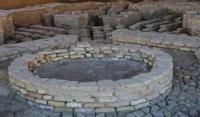
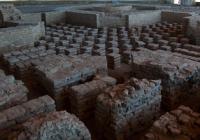
Tours to Otrar ancient settlement.
“The Khorezmshah, disobeying the instructions of Genghis Khan and not going deeply, gave an order allowing the shedding of their blood and the seizure of their property. He did not understand that with the permission of their murder ... life would be forbidden. Kair Khan ... killed them, but he ruined the whole world and deprived the whole people...".
From the essay of the historian Rashid ad-Din "Collection of Chronicles" ("Jami at-tavarih"). XIV century.
Visit to Otrar ancient settlement.
The Orar ancient settlement is located in the Otrar district of the Turkestan region, 49 kilometers south of the city of Turkestan and in close proximity to the village of Talapty. In the IXth - XVth centuries the public places, such as bathhouses began to appear in urban constructions.
Three public baths were identified on the territory of the rabat of Otrar during the excavation. One of them found close to the fortress walls of shakhristan, to the north-western part of the city, the second bathhouse is obtained under the present bathhouse of the XIIIth - XVth c.c.
A bathhouse from the XIIIth - XVth cc included a dressing room, a restroom, a mosque, a massage room, treatment rooms, a vapour room and a large hall in the centre. Glazed bricks and tiles for the floor were used in some rooms.
The bathhouse was supported by the water through the pipes from the water reservoir. The rows of the pipes were done through underground gallery. The Otrar bath was heated by a firebox, from which the heat pipe departed, then the system of columns and guiding walls divided the heat into streams that warmed the floors of all rooms.
Smoke rises through the vertical chimneys, laid in the thickness of the walls. They Served simultaneously as temperature regulators. Baths were among the traditional components of urban development in South Kazakhstan and Central Asia in the XIIIth - first half of the XVth centuries.
The bathhouse, dating from the last quarter of the XIII - early XV centuries, was excavated in Otrar. It is located 200 meters west of the southern entrance, on the bank of the reservoir, on the site of the bathhouse of the XIth - XIIth centuries.
The bathhouse is a rectangular building with a clearly readable figure of a cross. The bathhouse had 10 rooms, among them a dressing room (lungi-khana), a central hall with two dressing gowns, which served as a steam room and a massage room.
The entrances to the washing rooms opened from the hall - Issyk Khan (hot) and Sauk Khan (cold). Initially, the Otrar bathhouse had two hot rooms in the western corner and one cool one in the eastern corner. In the recreation room there was a house in the form of a round, up to 2 m in diameter, reservoir.
Its floor was laid out with blue tiles of various sizes. The water supply to the bath was carried out with the help of a water pipeline taken out from the reservoir. Rows of pipes were laid in the underground gallery. The plumbing went to the bathhouse, where there were tanks for cold and hot water.
The Otrar bathhouse was heated by a firebox, from which a heat pipe departed, then a system of columns and guide walls split the heat into streams that heated the floors of the premises. Smoke was removed through vertical chimneys laid in the thickness of the walls.
They served simultaneously as temperature regulators. The walls of the bathhouse are made of burnt square bricks; bricks and slabs measuring 40 x 40 x 10 cm were used for paving the floors. In a number of rooms, glazed bricks and tiles were used for laying floors.
Geographic coordinates of the medieval baths of Otrar: N42 ° 51'04.79 "E68 ° 17'56.45"
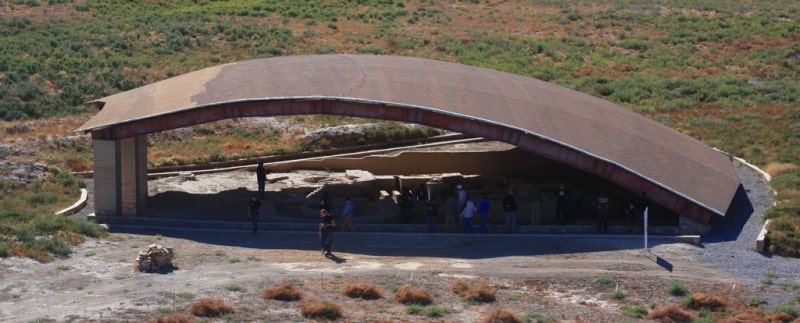
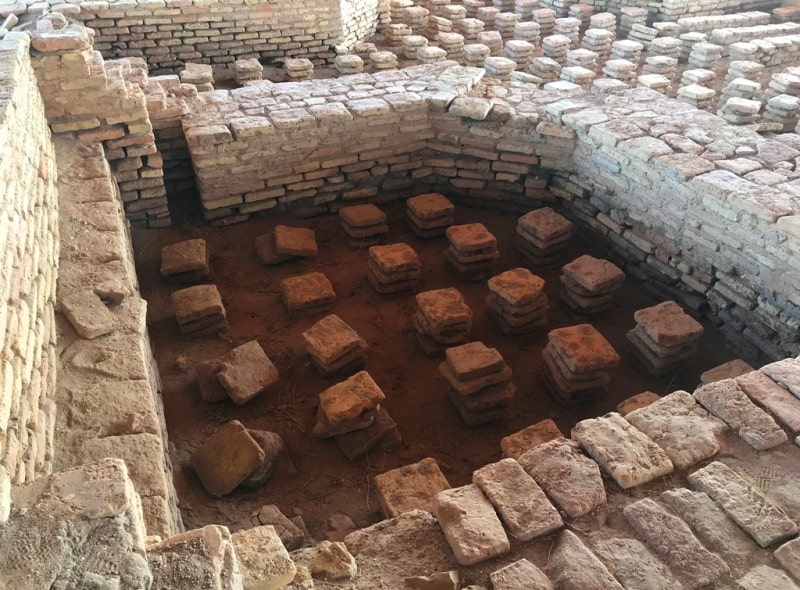
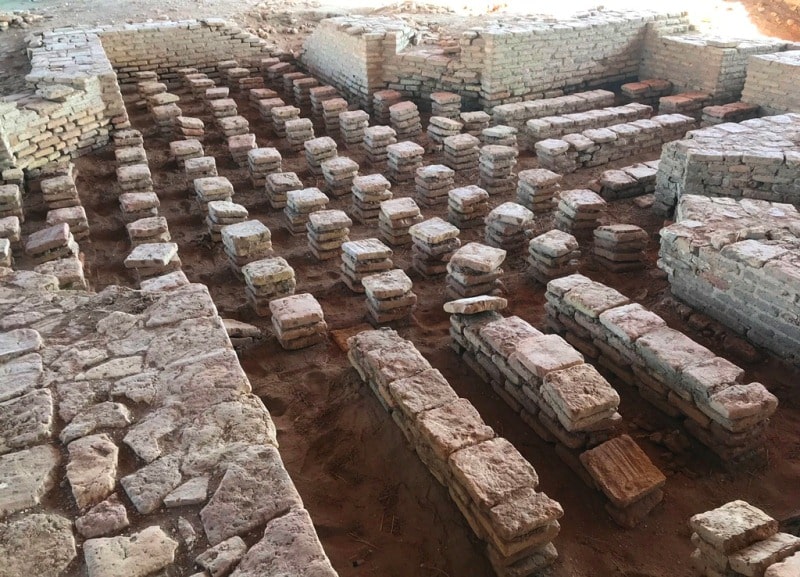
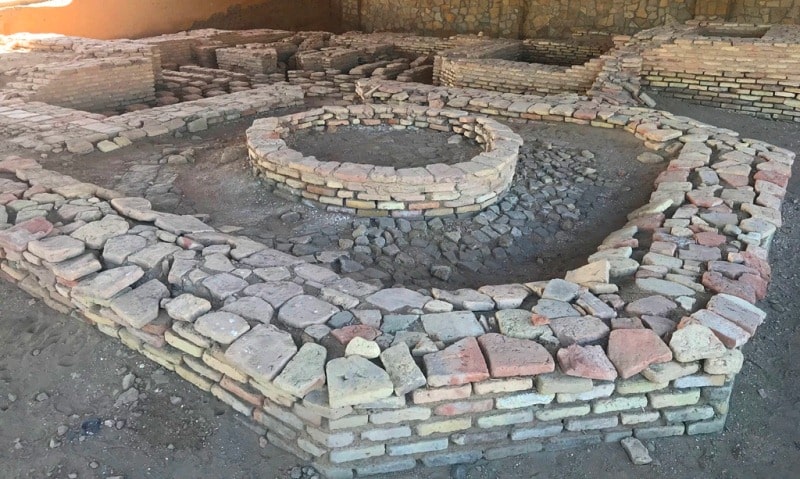
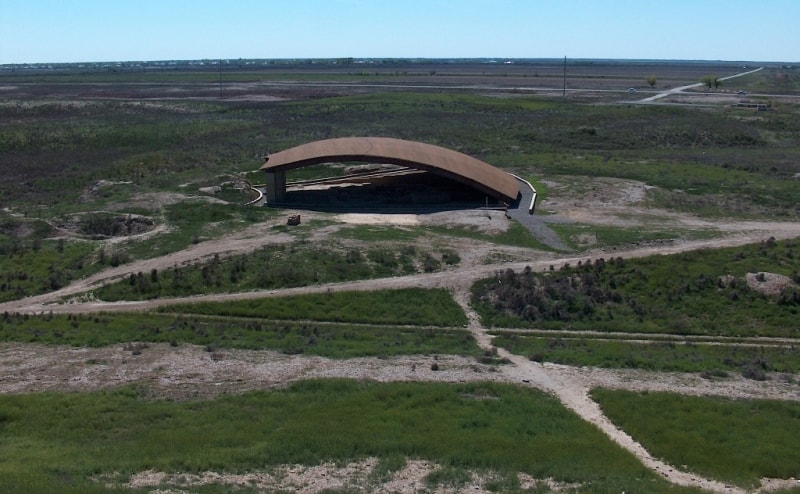
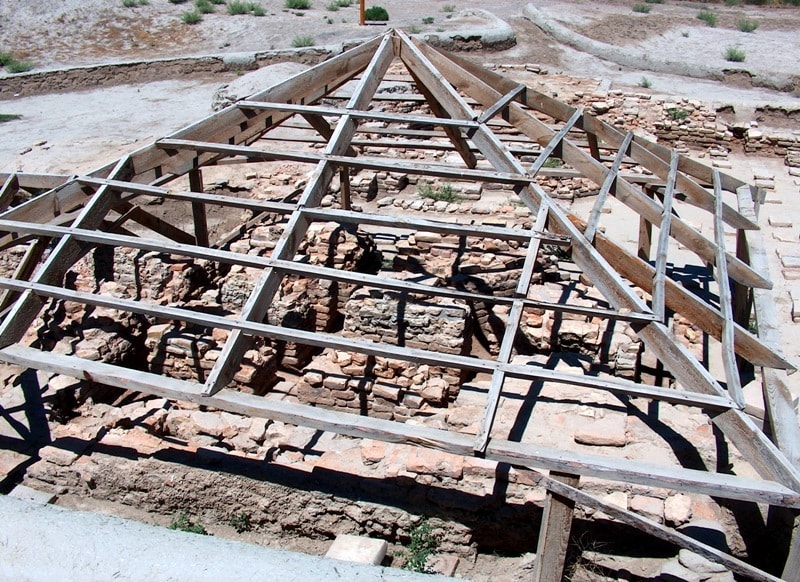
Authority:
K.M. Baypakov. 1999. P. 44 - 47.
Photos by
Alexander Petrov.







